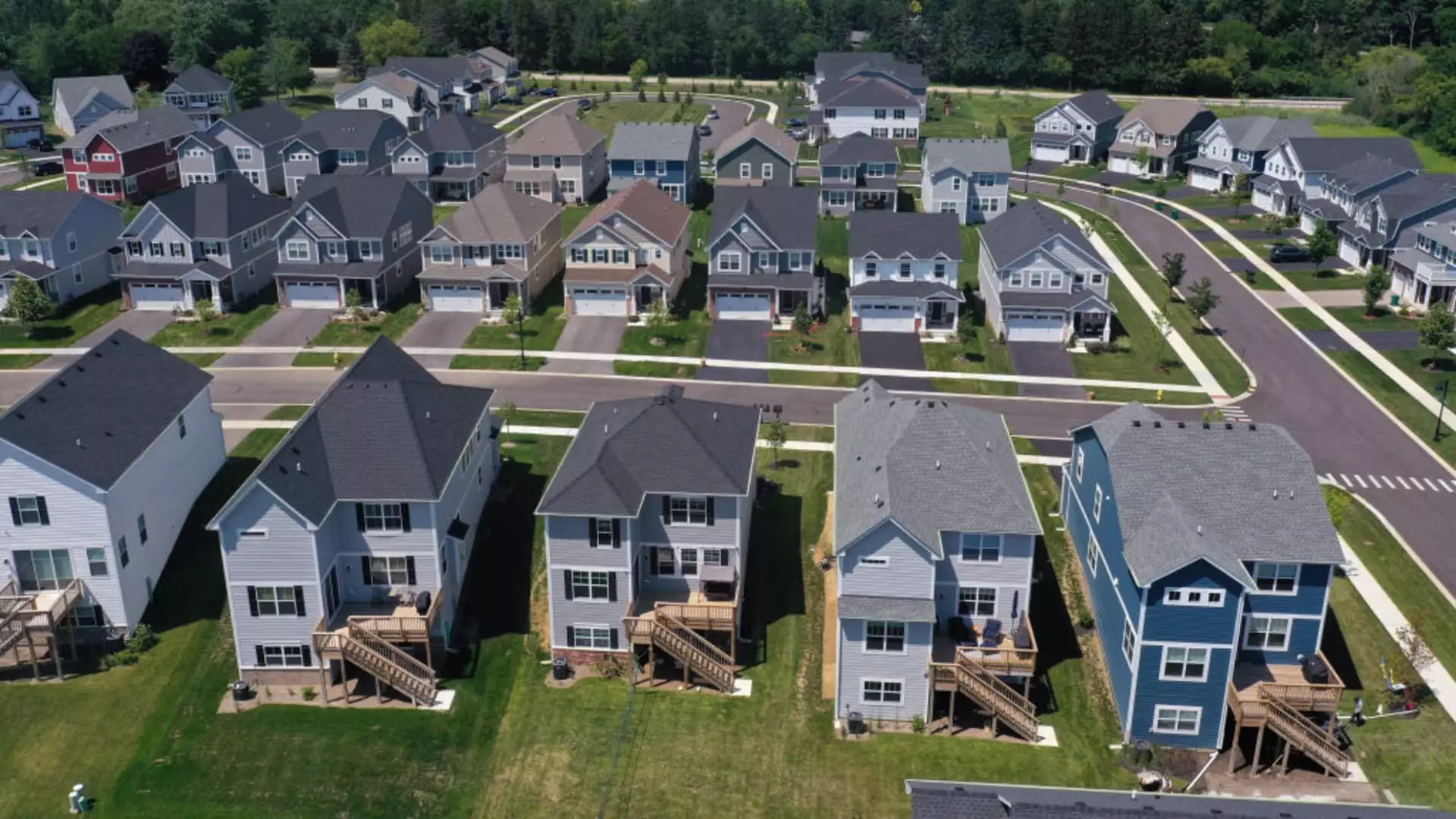The recent drop in mortgage interest rates has sparked a surge in demand from both homebuyers and current homeowners. Total mortgage application volume rose significantly compared to the previous week, reaching the highest level since earlier in the year. This increase in demand can be attributed to the average contract interest rate for 30-year fixed-rate mortgages with conforming loan balances decreasing to a more affordable level, making homeownership more accessible to a larger pool of individuals.
Applications to refinance a home loan saw a significant jump of 16% for the week and were 59% higher than the same week the previous year. Despite these impressive percentage increases, it is important to note that they are coming off a small base. The majority of borrowers currently have loans with rates below 5%, which limits the number of individuals who can benefit from a refinance and significantly lower their current rates.
On the other hand, applications for a mortgage to purchase a home only increased by 1% for the week, although they were 11% lower than the same week one year ago. The modest increase in purchase activity can be attributed to an increase in conventional purchase applications offset by decreases in government purchase applications. Additionally, the gradual increase in for-sale inventory across certain parts of the country could be prompting homebuyers to wait for even lower rates before entering the market.
Following a stock market rout on Monday, mortgage rates fell even further. However, they rose sharply on Tuesday after some positive economic data was released. This pattern of fluctuation in rates is a common occurrence when the bond market experiences extreme movements, resulting in rapid changes in long-term mortgage rates. According to Matthew Graham, chief operating officer at Mortgage News Daily, this volatility is often observed following quick shifts to long-term highs in the bond market.
Overall, the decrease in mortgage interest rates has had a significant impact on the housing market, with a notable increase in both refinancing and home purchase applications. The market volatility, coupled with economic factors and Federal Reserve actions, continues to play a crucial role in influencing mortgage rates and subsequently shaping the overall housing landscape.

Leave a Reply